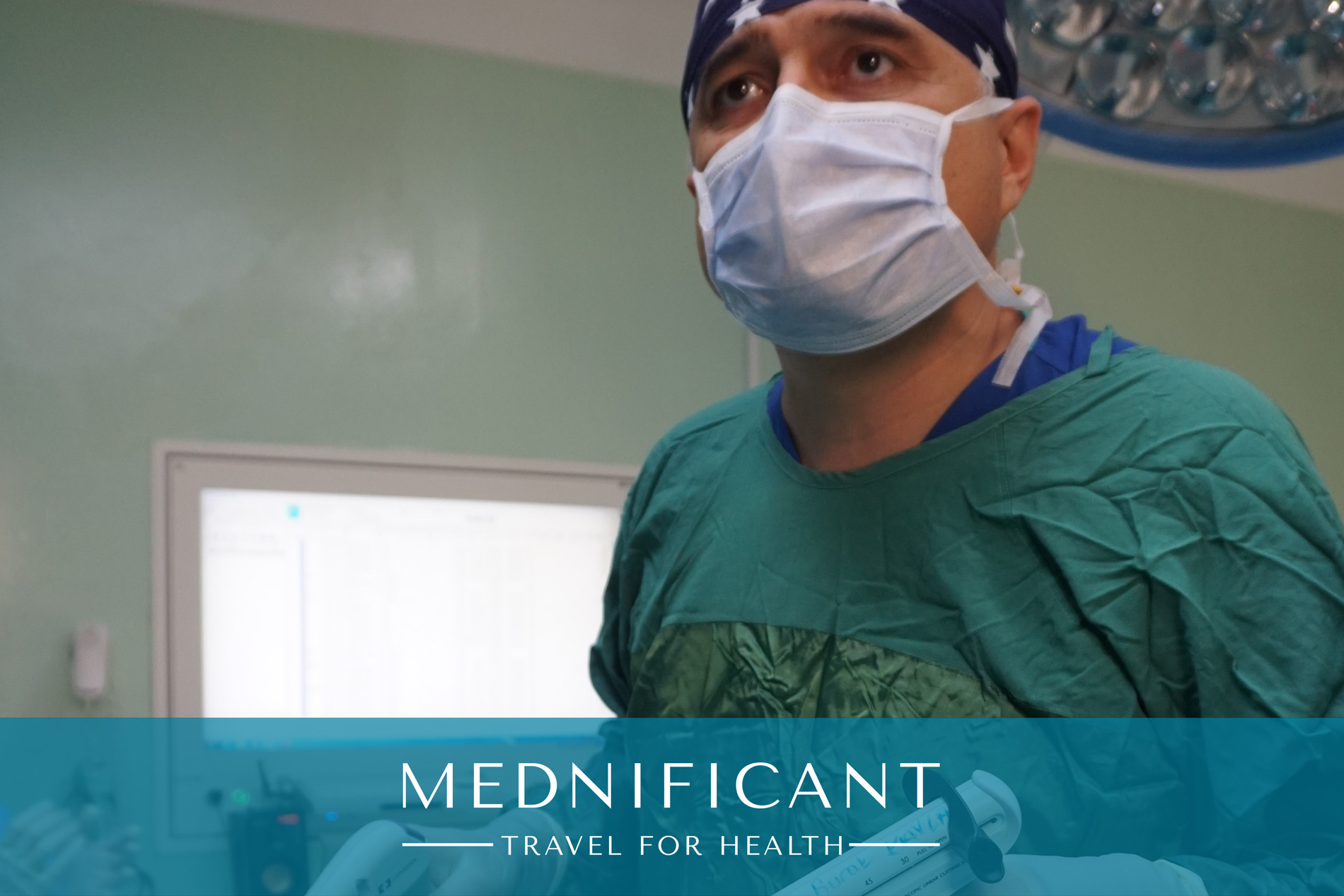
Reoperative Bariatric Surgery: Revisional? Conversional? or Reversal?
Morbid obesity is a rising worldwide epidemic. Some studies have demonstrated the effectiveness of bariatric surgery in improving morbid obesity and comorbidities.
Considering the multitude of bariatric procedures performed all over the world, the necessity of revisional surgery increased in the same way. In 2015, revision surgeries accounted for 13.6% of all bariatric surgeries performed in the USA.
Reoperative Bariatric Surgery: Classification
The different re-interventions after bariatric surgery can be classified based on the following criteria:
-
Indications:
Failures: Weight regain, Failure of weight loss, Recurrence of comorbidities.
Complications: Surgical, Nutritional, Metabolic
-
Types of Procedure:
Revision
Conversion
Reversal -
Outcomes
Type of primary: Restrictive vs Malabsorbtive
Type of re-operation: LAGB, RYGB, OAGB, TB, SASI, re-sleeve, reversal
Indications(Failure or Complications)
Surgeon’s experience***
Approach(Open or Laparoscopic)
Insufficient weight loss and significant weight regain following primary surgery are the major indications for revision surgery. Laparoscopic sleeve gastrectomy is currently the most frequent primary bariatric procedure worldwide performed. Sleeve gastrectomy is safe and effective in terms of excess weight loss. It is a restrictive procedure but also a powerful metabolic operation activating significant hormonal pathways (increased GLP-1 hormone and decreased ghrelin) that lead to modifications in eating behavior, glycemic control, and intestinal functions.
Some authors argued that as a consequence of the great diffusion of sleeve gastrectomy, the number of patients who have a weight regain at long follow-up is concordant and physiologic. Different procedures have been proposed as revisional surgery for the increasing number of patients who failed the expected and predictable anthropometric targets after sleeve gastrectomy. One anastomosis gastric bypass (OAGB) and Transit Bipartition/Single Anastomosis Sleeve Ileostomy(TB/SASI) appear extremely effective in inducing weight loss and reducing obesity-related comorbidities after sleeve gastrectomy. Several studies showed that OAGB and TB/SASI were effective and safe options also as a redo surgery after failures or complications of sleeve gastrectomy.
In conclusion, prospective studies on SASI and TB, which are newer methods as well as classical bypass methods, should be performed in revision or conversion surgery after unsuccessful laparoscopic sleeve gastrectomy.
Who is a candidate for bariatric surgery?
We need to pay attention to a number of criteria in patients who will undergo bariatric surgery.
One of the most important criteria is the body mass index (BMI). BMI is a value calculated by dividing body weight(kg) to the square of height in meters.
Obesity is classified in 3 subgroups; 30-35, 35-40 and over 40.
Bariatric surgery must be performed if BMI is between 35-40 in obesity-related conditions. These are:
- Type-2 diabetes,
- Hypertension,
- High total cholesterol, high triglyceride and low HDL cholesterol levels ,
- Sleep apnea syndrome,
- Fatty liver disease (NASH),
- Asthma,
- Gastroesophageal reflux disease,
- Venous stasis disease, deep venous insufficiency,
- Urinary incontinence,
- Joint deformities and joint disorders according to heavy weight.
Contraindications to Weight Loss Surgery
- Inflammatory disease or condition of the gastrointestinal tract, such as ulcers, severe esophagitis, or Crohns disease.
- Severe heart or lung disease that makes you a poor candidate for any surgery.
- Esophageal or gastric varices (a dilated vein). It might also be something such as congenital or acquired intestinal telangiectasia (dilation of a small blood vessel) and/or portal hypertension.
- Congenital or acquired abnormality of esophagus, stomach or intestine. For instance, esophageal caustic injury .
- Chronic pancreatitis.
- Addiction to alcohol or drugs.
- Under 12 years of age.
- Infection anywhere in the body or one that could contaminate the surgical area.
- Long-term steroid treatment.
- Refusal the dietary rules that come with this procedure.
- Allergic response to materials in the device.
- Intoleration of pain from an implanted device.
- History of autoimmune connective tissue disease such as systemic lupus erythematosus or scleroderma.
- History of poor adherence with medical regimens or pattern of missed appointments.
- Uncontrolled / untreated psychiatric disorder and/or history of suicide attempt/s.
Our Services
Contact Info
-
Phone: +90-530-844-1477
- Whatsapp: +90-530-844-1477
- info@mednificant.com



